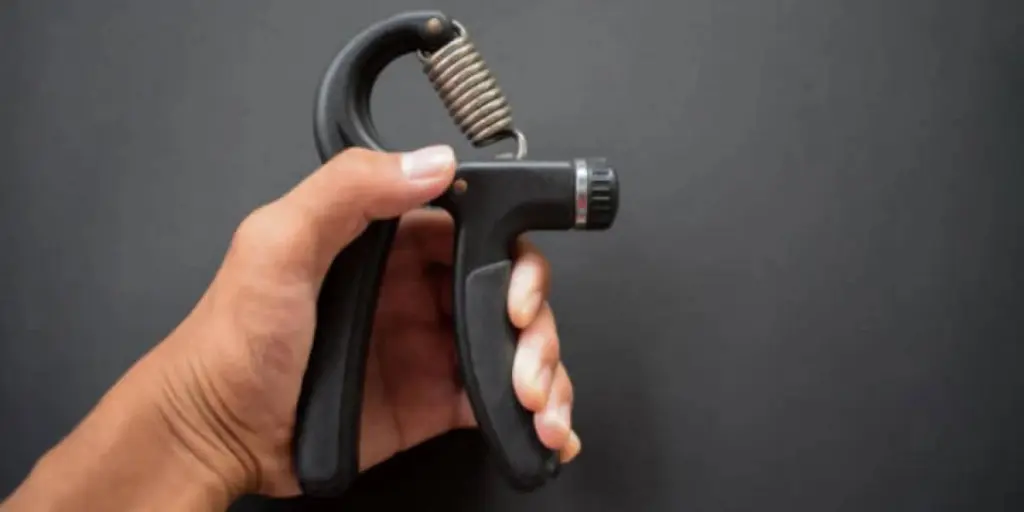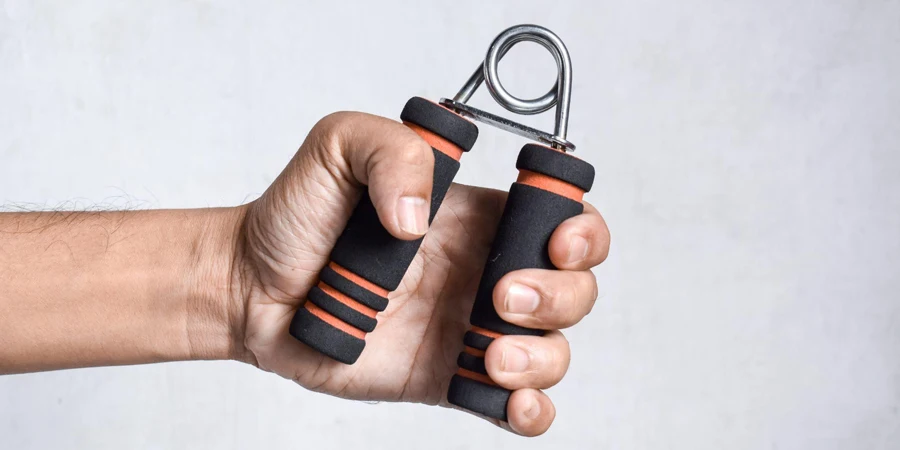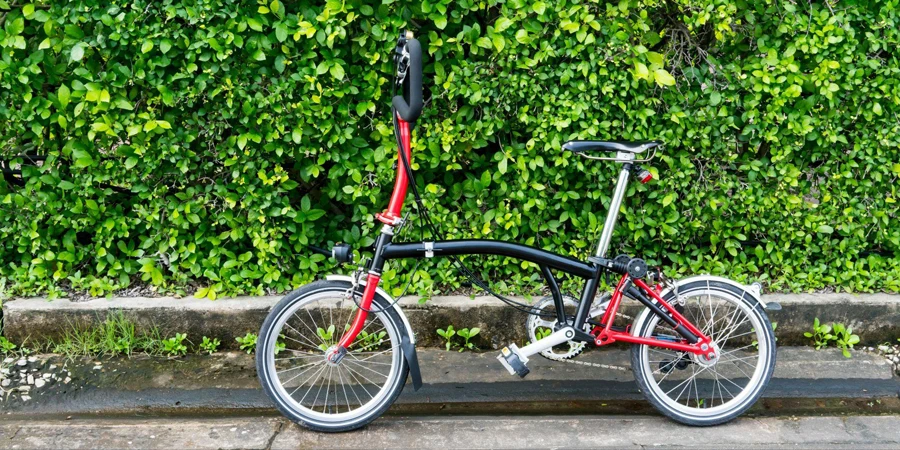Grip strengtheners, a niche yet increasingly significant product in the fitness and rehabilitation sectors, have evolved into a key item for those seeking enhanced hand, wrist, and forearm strength. Originally designed to cater to athletes and fitness enthusiasts, these devices have found a broader application, particularly in rehabilitation settings. Their utility in improving grip strength, a critical aspect of physical fitness, and their role in aiding recovery from hand and arm injuries, make them a valuable addition to any fitness or therapeutic regimen. As such, they present a unique opportunity for businesses focused on providing quality health and fitness solutions, tapping into a market that values both performance and recovery.
Table of Contents:
1. Varieties and applications of grip strengtheners
2. Grip strengthener market insights
3. Criteria for choosing the right grip strengtheners
4. Leading grip strengtheners and their features
5. Conclusion
Varieties and applications of grip strengtheners
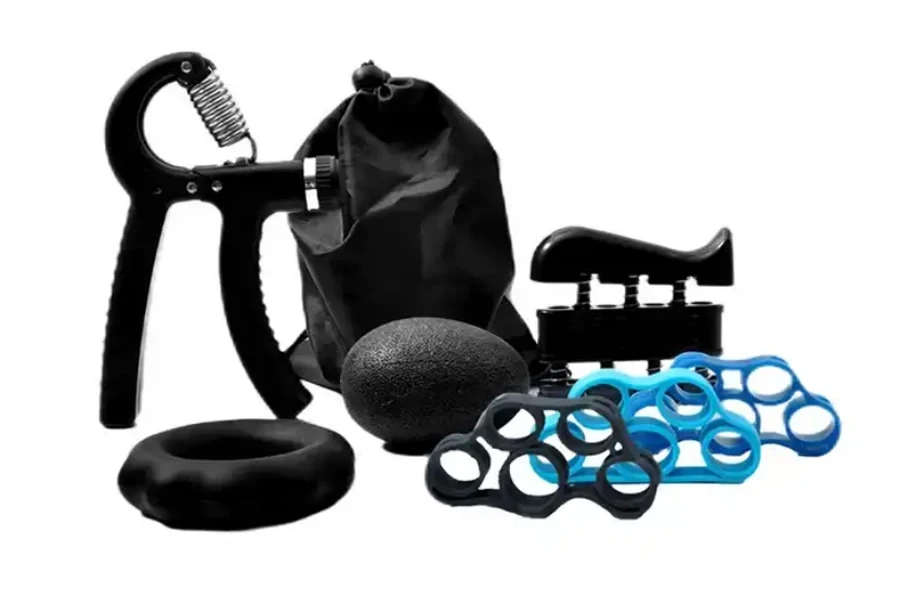
The landscape of grip strengtheners is diverse, catering to a range of needs and preferences. This diversity is not just in design but also in functionality, making them suitable for various user groups.
Different types of grip strengtheners
Articulated finger strengtheners stand out for their ability to train each finger individually. This specificity is crucial for activities requiring fine motor skills and strength, such as playing musical instruments or certain sports. These devices often feature individual spring-loaded buttons for each finger, allowing for targeted training.
Adjustable tension grippers are known for their versatility. They typically consist of a single handle that can be squeezed against a resistance mechanism, the tension of which can be adjusted. This adjustability makes them suitable for a wide range of strength levels, from beginners to advanced users. They are particularly popular among those looking to progressively increase their grip strength.
Extension resistance models offer a unique approach by focusing on the often-neglected aspect of grip strength: finger extension. These strengtheners are essential for balancing the muscles in the hand and forearm, reducing the risk of injuries caused by muscle imbalances.
Usage scenarios for various strengtheners

For fitness enthusiasts and athletes, grip strength is a fundamental component of overall physical performance. Sports like climbing, gymnastics, and weightlifting require robust grip strength. In these scenarios, grip strengtheners are not just tools for improvement but also for injury prevention. They help in building endurance and strength in the muscles of the hand, wrist, and forearm, which are crucial for peak performance.
In the realm of rehabilitation and physical therapy, grip strengtheners play a pivotal role. They are instrumental in recovery processes for injuries related to the hand, wrist, or forearm. For patients recovering from surgeries or suffering from conditions like arthritis, these devices aid in regaining strength and mobility. The gradual and controlled strengthening offered by these tools is essential for effective rehabilitation.
In summary, the range of grip strengtheners available today reflects the varied needs of their users. From enhancing athletic performance to aiding in rehabilitation, these devices have become integral in both fitness and therapeutic contexts. Their design innovations and adaptability to different strength levels make them a valuable asset in these fields.
Grip strengthener market insights
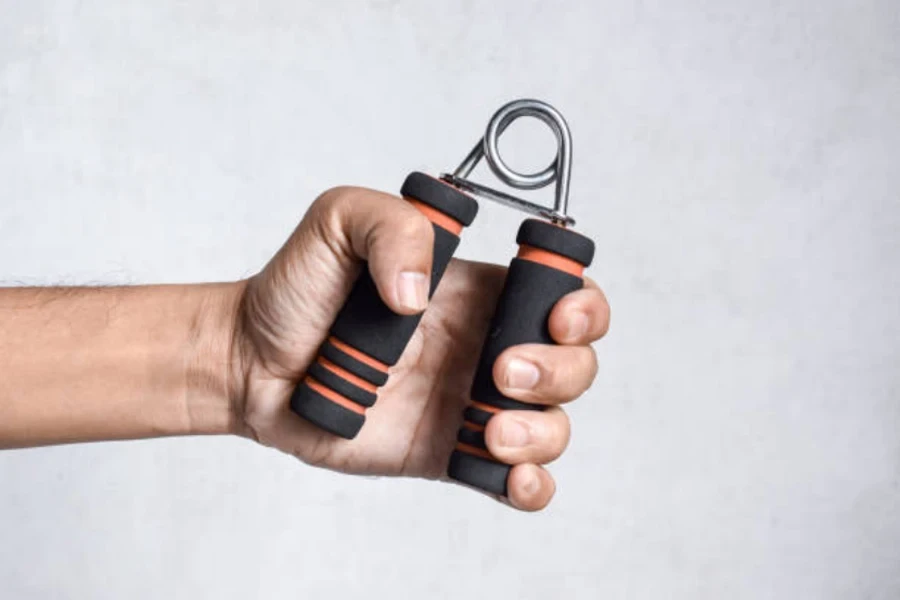
The grip strengthener market is undergoing significant transformation, driven by evolving consumer needs and technological advancements. Insights into current trends and future predictions reveal a dynamic industry poised for substantial growth.
Current market trends and predictions for 2024
Emerging technologies and design innovations are at the forefront of the grip strengthener market. The industry is witnessing a surge in the development of products that cater to a more diverse range of applications, from fitness to instrument exercise. As of 2023, the market size is valued at approximately $784.2 million. Looking ahead, experts predict a continued upward trajectory, with the market projected to reach around $1140.8 million by 2030. This growth is expected to occur at a Compound Annual Growth Rate (CAGR) of 5.4% from 2023 to 2030. This growth is fueled by advancements in technology and an increase in the variety of products, including non adjustable, adjustable, and finger hand grip strengtheners.
The market is not just expanding in terms of product variety but also in its application scope. The demand for grip strengtheners is rising across different sectors, reflecting a broader recognition of their importance in overall fitness and rehabilitation.
Consumer preferences and demand analysis
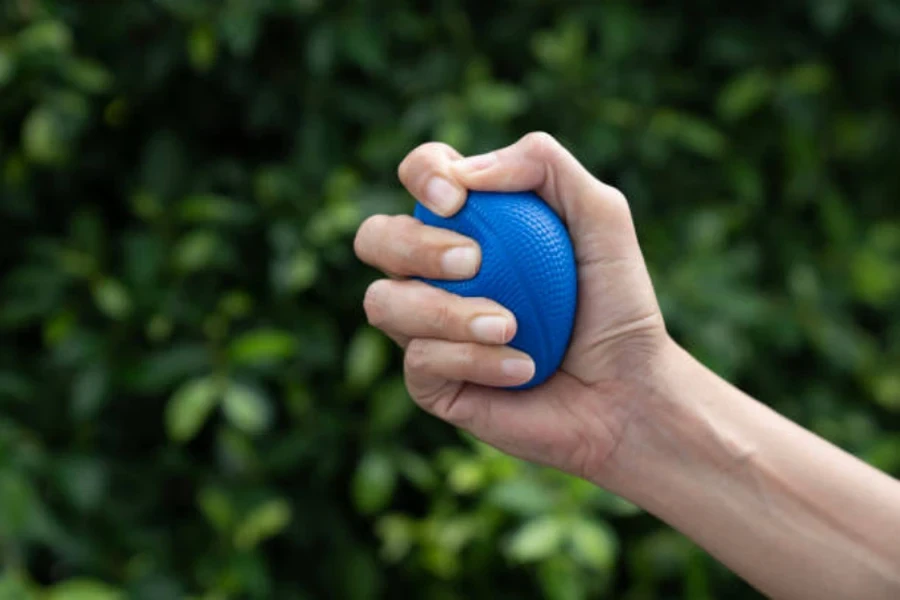
Consumer behavior and preferences in the grip strengthener market are shifting significantly. There is a growing demand for products that offer more than just basic functionality. Consumers are looking for grip strengtheners that are versatile, ergonomically designed, and tailored to specific needs, whether for fitness, rehabilitation, or instrument training.
This shift in consumer preferences is pushing manufacturers to innovate and diversify their product offerings. The market is responding with grip strengtheners that are not only adjustable in terms of resistance but also designed to target specific muscles or movement patterns. This trend is indicative of a more informed consumer base that values functionality, comfort, and specificity in their fitness and rehabilitation tools.
In conclusion, the grip strengthener market is poised for significant growth in the coming years, driven by technological advancements, an expanding range of applications, and evolving consumer preferences. These trends suggest a market that is becoming increasingly sophisticated and diverse, offering ample opportunities for businesses to innovate and cater to a wider range of consumer needs.
Criteria for choosing the right grip strengtheners
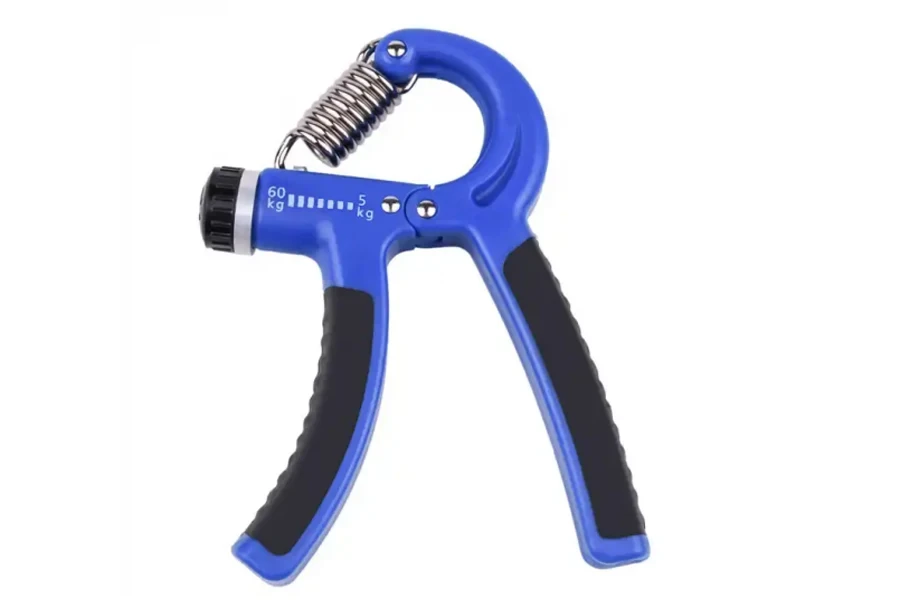
Selecting the right grip strengtheners involves a nuanced understanding of various factors that contribute to their quality, effectiveness, and user experience. For businesses in the fitness and rehabilitation sectors, recognizing these criteria is crucial for offering products that meet the evolving demands of the market.
Assessing quality and durability
When selecting grip strengtheners, understanding their durability and the quality of materials used in their construction is paramount. These factors not only influence the lifespan of the product but also its safety and effectiveness in use.
High-quality grip strengtheners typically employ heavy-duty metals like stainless steel or aluminum for their handles. These materials are chosen for their resistance to wear and tear, ensuring the product remains functional over extended periods. For instance, stainless steel provides excellent resistance to corrosion and maintains its structural integrity even under frequent use. Aluminum, on the other hand, offers a lightweight yet sturdy alternative, making it ideal for portable strengtheners.
The coating on the handles is another aspect to consider. Many manufacturers use rubber or silicone coatings to enhance grip comfort and prevent slippage. This addition is particularly important in maintaining hygiene, as it prevents the accumulation of sweat and facilitates easy cleaning.
The design and structure of grip strengtheners significantly impact their durability. A well-balanced construction that evenly distributes stress across the device can prevent premature wear in specific areas. For example, a grip strengthener with a well-designed spring mechanism will ensure even tension during use, reducing the likelihood of spring fatigue or failure.
The tension mechanism is a critical component of grip strengtheners. Most models use a spring-based system, where the quality and strength of the spring are crucial for longevity. High-quality springs maintain their elasticity and resistance level over time, providing consistent performance even with regular use. For instance, a grip strengthener with a high-grade steel spring can withstand thousands of compressions without losing its resistance level.
Proper maintenance plays a significant role in the lifespan of grip strengtheners. Regular cleaning to remove dirt and sweat, combined with appropriate storage, can extend the product’s life. Storing grip strengtheners in a dry, cool environment away from direct sunlight helps prevent material degradation.
Evaluating effectiveness and versatility
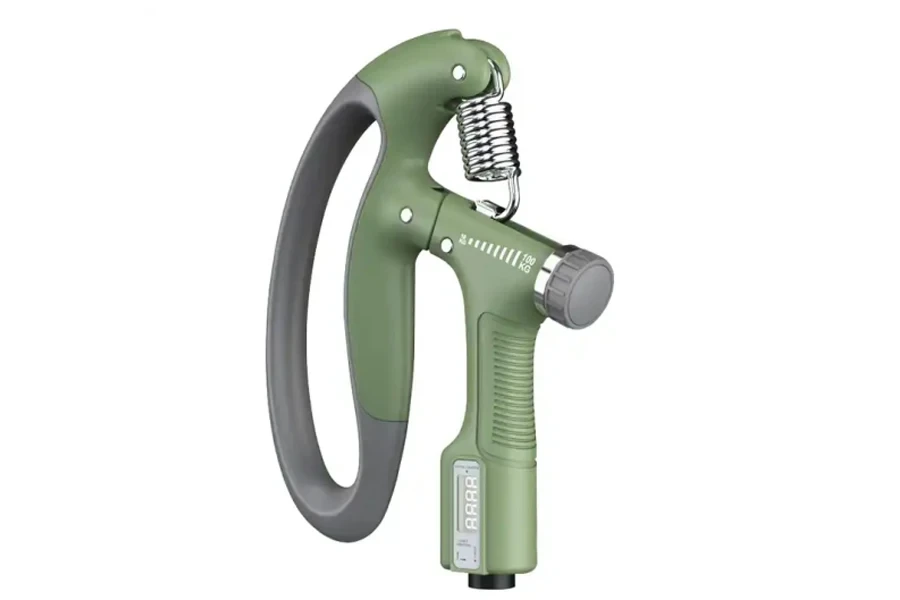
When selecting grip strengtheners, evaluating their effectiveness and versatility is crucial. This involves considering the range of motion they offer and the adjustability of their resistance levels.
Adjustable resistance is a key feature that makes grip strengtheners versatile and effective for a wide range of users. For instance, the KDG Hand Grip Strengthener offers an impressive resistance range of 10 to 130 pounds, making it suitable for users of all strength levels, from beginners to seasoned athletes. This adjustability allows users to customize their workouts according to their needs and progress gradually, which is essential for both muscle building and injury recovery.
Another example is the NIYIKOW Grip Strength Trainer, which stands out for its wide intensity range, adjustable from 22 to 132 pounds. Such a broad range allows for tailored training, accommodating the needs of various users, including those recovering from hand or wrist injuries. Its non-slip rubber grip and heavy-duty plastic and metal alloy construction ensure durability and comfort during use.
The range of motion provided by the grip strengthener is also a critical factor. A wider range of motion ensures more comprehensive muscle engagement, from the fingertips to the forearm, contributing to overall hand and arm strength. Products that offer a clear progression path as the user’s strength improves are particularly valuable.
Understanding ergonomics and comfort
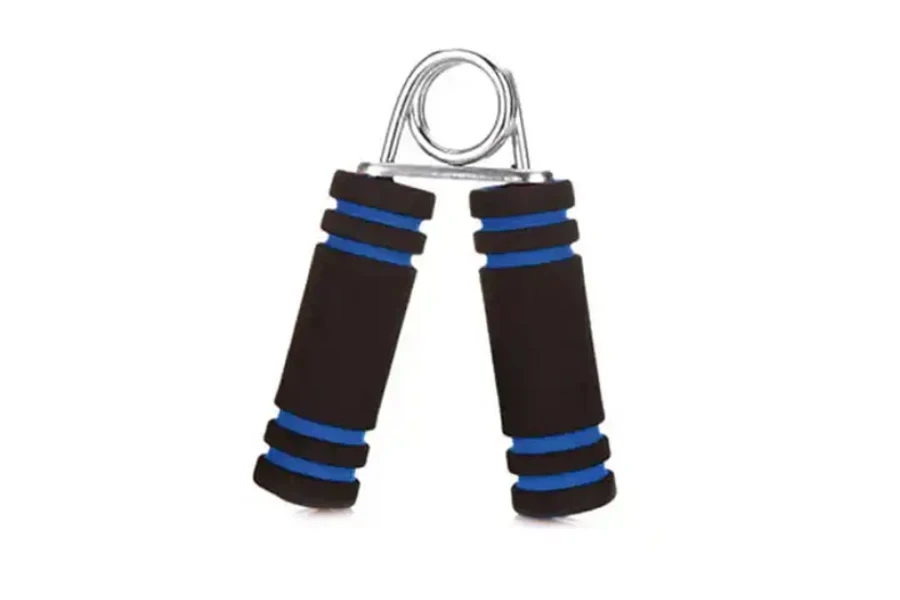
Ergonomics and comfort are equally important in selecting grip strengtheners. The design should promote a natural hand position, reducing the risk of strain or injury. For example, the PROHANDS Gripmaster Hand Exerciser, with its unique spring-loaded, finger-piston system, allows for individual finger exercise, offering tendon-strengthening benefits and a heavy-duty, comfortable design.
Comfortable grips that prevent slippage and accommodate different hand sizes enhance usability. The BOOMIBOO Hand Grip Strengthener, for instance, features an ergonomic grip with finger spaces and is coated in soft foam for comfortable and non-slip use, protecting the hand from excessive strain. This design is particularly beneficial for conditions like arthritis or carpal tunnel syndrome, where a gentle yet effective exercise is required.
In conclusion, when selecting grip strengtheners, it is essential to consider adjustable resistance levels for versatility and a range of motion for effective muscle engagement. Additionally, ergonomic design and comfortable grips are crucial for a positive user experience, especially for those using the tool for rehabilitation purposes. By prioritizing these features, users can ensure a safe, effective, and comfortable grip strengthening experience.
Leading grip strengtheners and their features
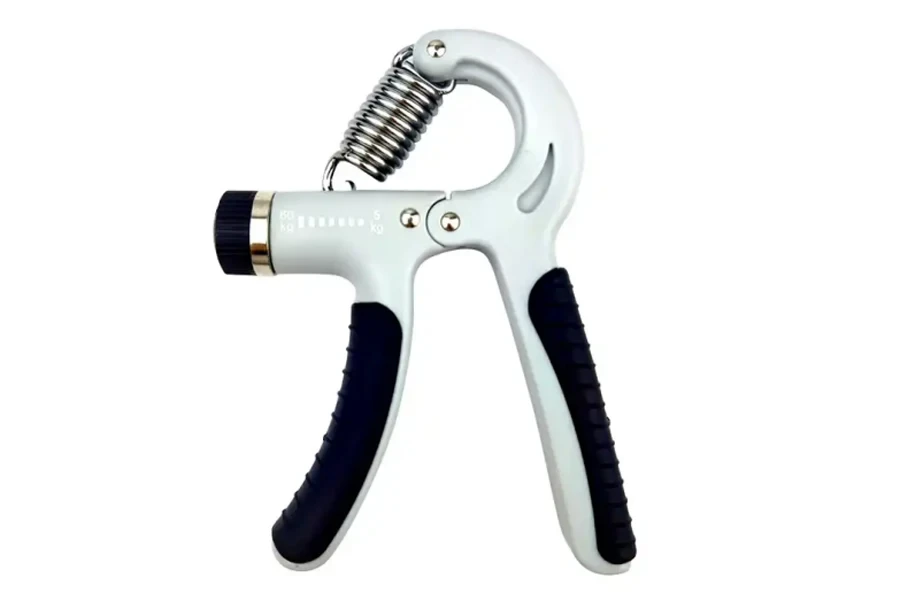
The grip strengthener market in 2024 showcases a variety of models, each with unique features and benefits. This section provides an overview of the top models and a comparative analysis of leading brands, highlighting their strengths and limitations.
Overview of top models in 2024
Captains of Crush Grippers: Known for their robust construction and wide range of resistance levels (60-365 lbs), these grippers are ideal for both beginners and advanced users. Made with knurled aircraft-grade aluminum handles, they offer a solid grip and durability. However, the exposed spring can rust, affecting performance.
Alpha Grips 2.0: These grips transform standard bars into 2-inch thick bars, stimulating a network of muscle fibers across the hands and forearms. Made of high-density rubber, they are easy to use and suitable for various fitness levels. A unique feature is their oval shape, which complements the natural curve of the hands.
Ironmind Hub-Style Pinch Gripper: Designed for pinch grip training, this solid steel tool is excellent for assessing and improving pinch grip strength. Its textured crinkle finish provides a better grip, and it’s adaptable for different plates to build strength progressively.
Ironmind Twist Yo’ Wrist: This roller-style wrist and forearm trainer is simple yet effective. It connects to a weight plate or loading pin, mimicking the twisting motion of opening a jar. However, its surface can be slippery, and it’s relatively pricey for its simplicity.
The Xtensor: A reverse hand grip exerciser, The Xtensor uses latex-free tension bands to customize tension levels for each finger. It targets muscle tightness in the palms and improves fingers’ range of motion. However, the bands are not very durable, and all finger holes are the same size, which may not suit everyone.
Ironmind Two-Finger Utility Gripper: This two-finger gripper allows targeted training and focuses on thumb strength. Made from Grip-Tech and aluminum handles, it’s pocket-sized and soft-tissue-friendly. Like the Captains of Crush, it has an exposed spring that can rust.
In conclusion, the grip strengthener market in 2024 offers a diverse range of products, each with unique features catering to different aspects of grip training. While they all excel in certain areas, considerations such as durability, ergonomics, and specific training needs play a crucial role in selecting the most suitable model.
Comparative analysis of leading brands
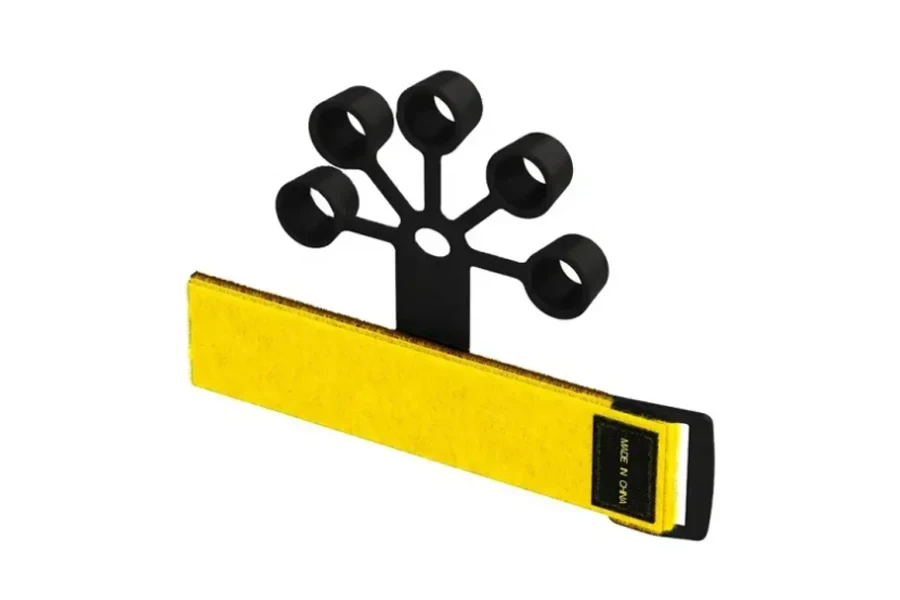
The grip strengthener market in 2024 is characterized by a range of innovative models, each tailored to specific needs and preferences. This comparative analysis highlights the unique features, strengths, and limitations of these leading models.
IronMind Captains of Crush
Strengths: Known for setting the standard in the market, these hand grippers feature aircraft-quality aluminum handles and proprietary GR8 springs, offering a range of resistances from 60 to 365 pounds. They are ideal for serious strength training, providing a barbell-like feel with their knurling on the handles.
Limitations: The aggressive knurling may be uncomfortable for users with soft palms, potentially requiring gloves for a comfortable grip.
Gripmaster PROHANDS PRO
Strengths: This model is excellent for activities requiring finger strength and dexterity, such as rock climbing and music. It allows for individual finger strengthening with its unique spring design for each finger.
Limitations: The resistance is not adjustable, although it is available in different resistance levels. This might limit its versatility for users seeking a single, adaptable tool.
GD Iron Grip
Strengths: This adjustable hand grip strengthener stands out with its progressive resistance, adjustable over six levels from 55 to 198 pounds. Its heavy-duty iron-aluminum construction and handle extenders make it suitable for a wide range of hand sizes.
Limitations: While it offers a broad range of resistance, the maximum resistance might still be insufficient for advanced strength athletes.
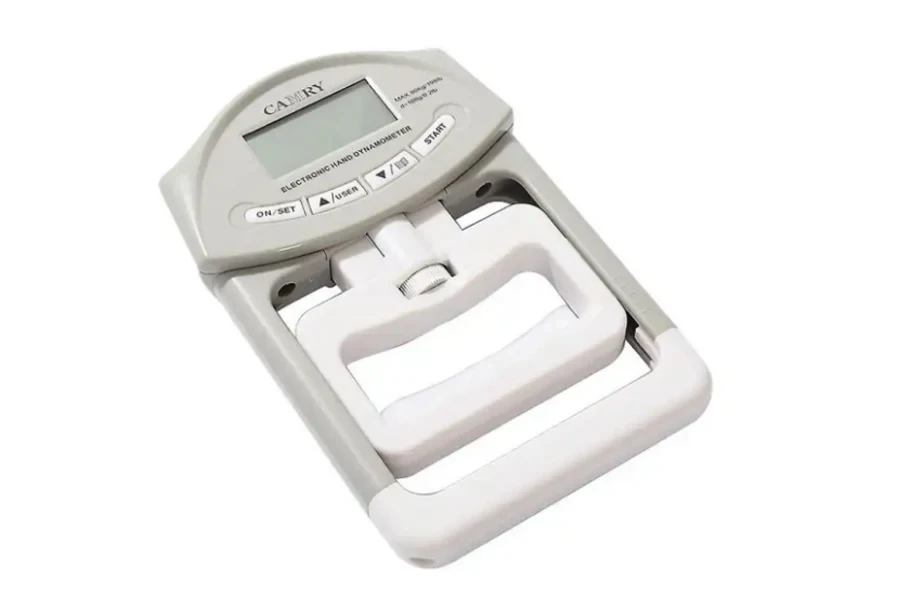
Fat Gripz Xtreme
Strengths: Designed for forearm strengthening, these thick rubber devices transform standard barbells into axle bars, providing a unique grip challenge. They are made from a durable, military-grade material and are suitable for advanced trainers and Strongman athletes.
Limitations: The 2.75-inch diameter may be excessively challenging for most users, making it less suitable for beginners or those with smaller hands.
Twist Yo’ Wrist
Strengths: This wrist-focused strengthener allows for both wrist extension and flexion focus, using a climbing-grade cord. It’s particularly effective for targeting wrist strength in a comprehensive manner.
Limitations: Users need to supply their own resistance, which might be inconvenient for those looking for an all-in-one solution.
LoGest Metal Hand Grip Set
Strengths: This set offers a range of six hand grippers from 100 to 350 pounds, featuring durable aluminum handles and heavy-duty rust-resistant springs. It’s ideal for intermediate or advanced users seeking a comprehensive set.
Limitations: The aggressive knurling on the handles may be uncomfortable for some users, necessitating the use of gloves.
Metolius GripSaver
Strengths: Designed for rehabilitation, this rubber squeeze ball with finger and thumb loops is effective for strengthening the muscles of the hand, wrist, and forearm. It’s available in three firmness levels, allowing for progressive training.
Limitations: The maximum firmness level may not be sufficient for users seeking a more challenging grip strengthener.
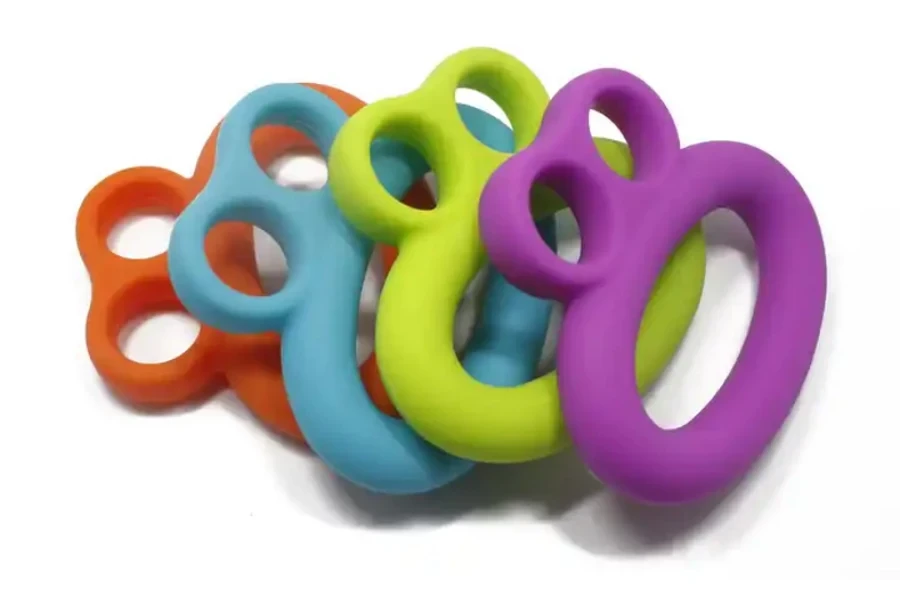
In conclusion, each of these grip strengtheners offers unique benefits tailored to specific user needs, from rehabilitation to advanced strength training. However, their limitations, such as non-adjustable resistance or the need for additional accessories, should be considered when selecting the most suitable model for individual or business purposes.
Conclusion
The selection of grip strengtheners for online retailers is a nuanced process, requiring a balance of quality, functionality, and user-specific needs. The market in 2024 offers a diverse range of models, each with unique features catering to different aspects of grip training. From robust models for serious strength athletes to ergonomic designs for rehabilitation, the key is to understand the specific requirements of the target audience. This understanding, combined with insights into the latest market trends and technological advancements, will enable retailers to make informed choices that align with consumer preferences and emerging demands in the fitness and rehabilitation sectors.
